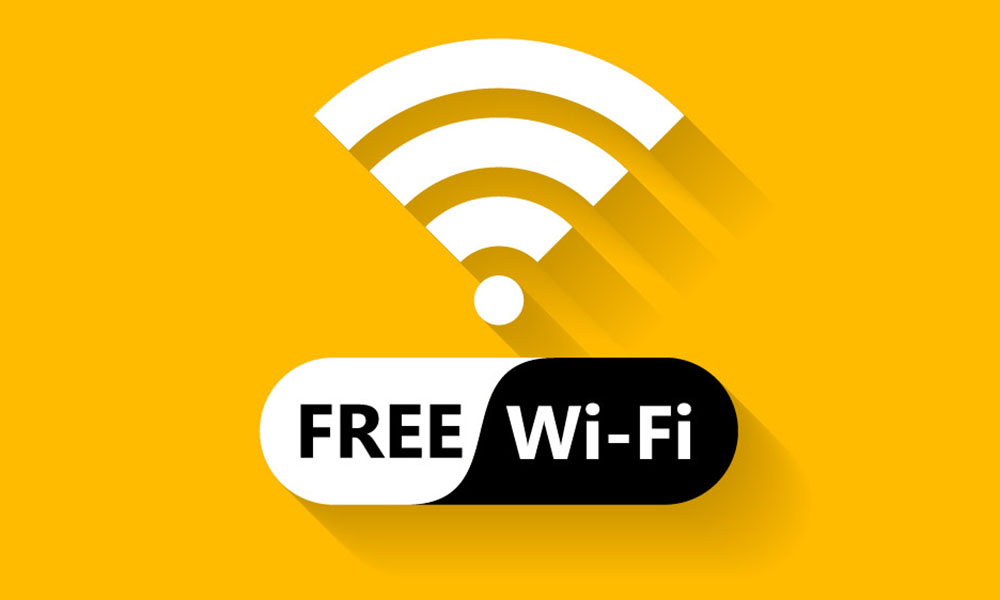Safety concerns over public WiFi hit the headlines (again) recently, when the FA advised players and staff to avoid using it when they go to Russia for the 2018 World Cup. The FA has a point – public WiFi can be insecure – but there are steps you can take to protect yourself.
Here are four tips to help you:
Never use public WiFi for sensitive information
If you’re lost and trying to find a map of where you are, look up a phrase in the local language or just work out when the next train is due, then public WiFi is likely to be absolutely fine. Security concerns relate to data you want kept private such as passwords.
The easiest way to keep yourself 100% safe on a public WiFi network is to stick to general surfing and only access sensitive sites over a connection you control; don’t log into your bank account or anything that could be hacked or exploited.
Check what network you should be on
Public WiFi hotspots are run by somebody and that somebody should be able to give you the exact details of their hotspot. For example, in train stations and airports, there may be posters displayed with the name of the network, whereas in coffee shops, pubs and such like you may have to ask the staff.
Make sure you do, rather than just connecting to the network which says “Free WiFi”, as this could be run by just anybody.Use a VPN plus two-factor authentication
This is essentially a “belt-and-braces” approach. Using a VPN turns a public network into a private one and, if you’re using public WiFi to access a corporate network, then this is probably how you will be getting remote access in any case. For everybody else, there are plenty of programmes to let you set up your own VPN.
Two-factor authentication is about combining something you know (your password) with something you keep on you. Banks tend to implement it using card readers and corporate IT departments with RSA tokens, but most online service providers simply send a text message to your mobile phone to confirm that data is being sent to the correct person.
Some services will actively prompt you to set this up, others will only enable it if you dig into the settings to activate it. Either way, two-factor authentication can provide you with an extra layer of protection, if your password is compromised.
Practice safe surfing
Close down old accounts so that you’re at less risk of your data being compromised if they are breached. Resist the temptation to recycle passwords and, if you find numerous individual passwords too much of a chore to remember, use a password manager.
Consider changing your password regularly so that, if your accounts are compromised, there is a good chance you will have changed your passwords before they can be used. And last, but by no means least, use proper security software, including on your mobile devices.
WiFi Krack attack….be Warned!
Researchers have uncovered a key flaw in WiFi networks called Key Reinstallation Attacks, shortened to Krack, which is affecting millions of WiFi networks and could let hackers steal credit card numbers and other sensitive information.
This WPA2 flaw could potentially affect almost every router, smartphone and PC in the world.
How does the WPA2 Krack attack work?
The hack works by disabling the encrypted security then creating a copy of your WiFi network, allowing them to see everything going on.
How do I stop the WPA2 Krack attack?
Tech companies are already working on patches to fix the security flaws – but, until you update your devices, you should take extra care when using the internet.
While you’re waiting for a patch, avoid using WiFi wherever you have an opportunity plug in to a network or stick to secure sites – designated by https at the start of the the web address.
Never download or open anything from a source you don’t 100% trust – and think twice before giving ANY personal info away online.

